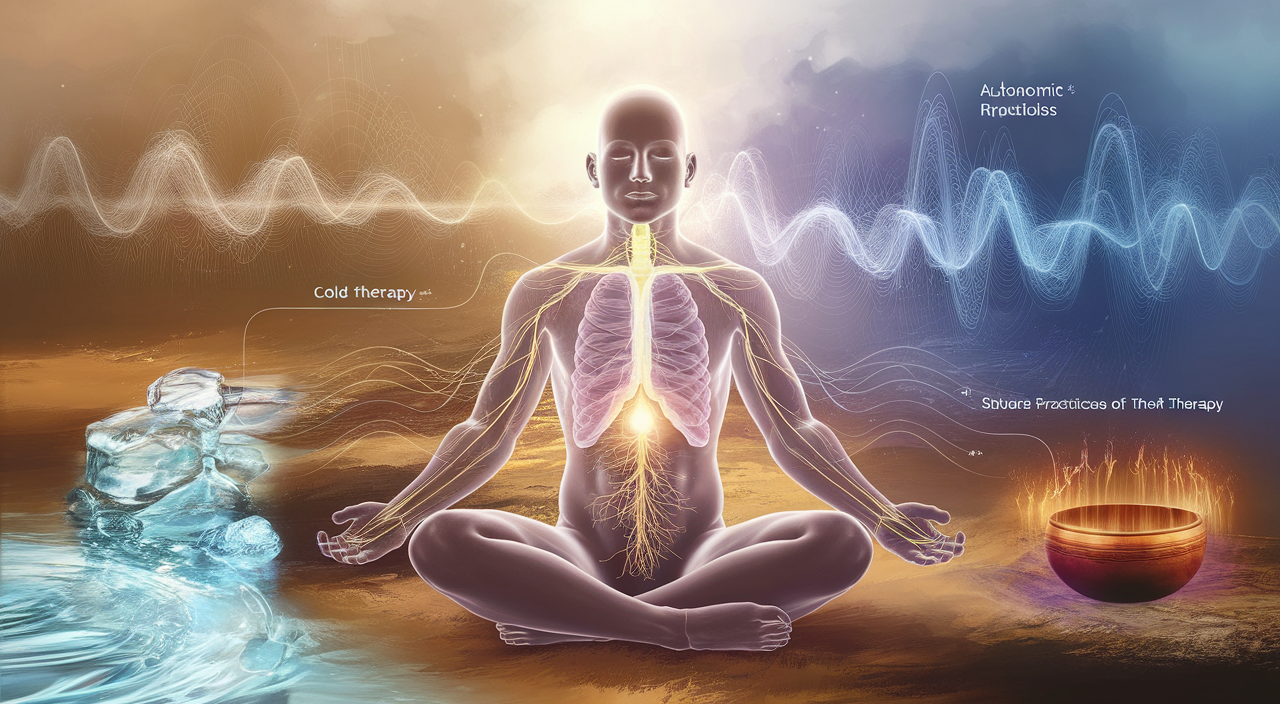How Somatic Healing Works: Somatic healing activates the entire body in trauma recovery, helping people release stored tension and emotional energy through physical awareness instead of just cognitive understanding. This approach acknowledges that trauma resides in the nervous system and physical tissues, requiring bodily intervention to address experiences that talk therapy can’t fully reach.
Key Takeaways
- Somatic healing harnesses the body’s natural wisdom to process trauma, using techniques that restart healing mechanisms disrupted by modern human behavior.
- The practice centers on current body sensations, monitoring physical responses, and nervous system signals without forcing clients to relive traumatic events.
- Trauma triggers the Autonomic Nervous System (ANS), and when survival energies aren’t fully processed, they get trapped in the body causing dysregulation and physical symptoms.
- Techniques like interoception, tracking, titration, and pendulation enable gentle release of trapped survival energy through carefully managed awareness.
- Research demonstrates somatic approaches reduce PTSD symptoms, boost emotional regulation, lessen depression, improve sleep patterns, and decrease chronic pain levels.
Unlocking Your Body’s Natural Healing Power Through Somatic Work
How Somatic Healing Works: Understanding the Basics
I’ve discovered that somatic healing taps into your body’s innate wisdom to process and release trauma. Just like cold therapy can reset your nervous system, understanding how somatic healing works starts with recognizing that your body holds onto experiences.
The process stems from the Greek word ‘soma,’ meaning ‘living body,’ and differs significantly from traditional talk therapy. Instead of just discussing your feelings, somatic healing engages your entire physical being. Think of it like sound therapy’s vibrations moving through your body — it creates tangible, physical responses.
The Science Behind How Somatic Healing Works
Your body naturally knows how to process difficult experiences, similar to how animals instinctively shake off stress after a threatening situation. However, as humans, we often interrupt this natural process. Through therapeutic approaches that combine mind and body, somatic healing helps restart this internal healing mechanism.
Here’s what happens during a somatic healing session:
- You’ll focus on present-moment body sensations
- Your practitioner guides you to notice physical responses
- You learn to track and respond to nervous system signals
- The process allows trapped energy to release safely
The beauty of how somatic healing works lies in its gentle approach — you don’t need to relive trauma to heal from it. Instead, like using personalized affirmations to rewire thought patterns, somatic healing helps you create new neural pathways through body awareness.
By paying attention to physical sensations, tension patterns, and movement impulses, you’ll start recognizing how your body communicates. This awareness becomes your gateway to healing, as you learn to process stored trauma through physical release rather than mental analysis.
The method emphasizes safety and present-moment awareness, ensuring you stay connected to your body’s signals without becoming overwhelmed. Through this careful attention to bodily sensations, somatic healing works to restore your nervous system’s natural balance.
The Science Behind Your Body’s Trauma Response: How Somatic Healing Works
Your body holds onto trauma in fascinating ways. The Autonomic Nervous System (ANS) acts as your internal alarm system, ready to protect you at a moment’s notice. Understanding how somatic healing works starts with recognizing these biological responses that get trapped in your body.
Understanding Your Nervous System’s Trauma Response
I’ve seen firsthand how trauma activates the ANS, triggering those instinctive fight, flight, or freeze responses. When you can’t process these survival energies fully, they get stuck in your system, creating what experts call nervous system dysregulation. Research shows that nearly two-thirds of adults carry at least one Adverse Childhood Experience (ACE), with four or more ACEs increasing depression risk by a striking 460%.
The impacts of stored trauma often show up as:
- Persistent muscle tension and physical pain
- Anxiety and panic attacks
- Chronic digestive problems
- Unexplained fatigue
- Sleep disturbances
How Somatic Healing Works Through Nervous System Regulation
The Polyvagal Theory explains how sound therapy can calm your nervous system through the vagus nerve — your body’s major relaxation pathway. This understanding has led to effective treatments like cold exposure therapy, which helps reset your stress response.
Your body’s wisdom knows how to heal — it just needs the right support. By incorporating positive affirmations into your healing routine, you can rewire those trauma responses. Modern approaches even include AI-assisted therapy sessions to complement traditional somatic practices.
When your nervous system stays dysregulated, it becomes hypersensitive — like an oversensitive smoke alarm that goes off at the slightest hint of steam. Physical symptoms aren’t just in your head; they’re direct manifestations of unresolved survival energy stored in your body. Through understanding how somatic healing works, you can start releasing these stored patterns and return to a state of balance.
Understanding How Somatic Healing Works Through Body Awareness
The Core Process of How Somatic Healing Works
I’ve seen firsthand how somatic healing works through interoception – the practice of tuning into your body’s internal signals. This healing approach combines with other therapeutic methods like sound therapy for deeper relaxation to create comprehensive healing experiences.
The process starts with tracking and titration, where you notice bodily sensations in small, manageable amounts. Much like cold therapy’s gradual exposure technique, this careful approach prevents overwhelming your nervous system.
Pendulation is another vital aspect of how somatic healing works. It involves shifting attention between uncomfortable sensations and areas that feel safe in your body. This practice helps release trapped survival energy through a process called discharge or completion.
Proven Methods and Their Benefits
Several established approaches demonstrate how somatic healing works in practice:
- Somatic Experiencing for trauma processing
- Sensorimotor Psychotherapy for emotional regulation
- EMDR for processing difficult memories
These techniques have shown remarkable results, particularly when paired with modern approaches like AI-supported therapeutic practices. For enhanced results, many practitioners now incorporate personalized affirmations into their somatic work.
Pilot studies report significant improvements in various conditions:
- Reduced PTSD symptoms
- Better emotional regulation
- Decreased depression symptoms
- Improved sleep patterns
- Enhanced stress management
- Lower chronic pain levels
This body-based approach proves particularly effective for trauma survivors, people with anxiety, and those dealing with chronic stress – especially when traditional talk therapy hasn’t provided complete relief.
By focusing on the connection between physical sensations and emotional well-being, approaches like body-based therapy help people process trauma stored in the nervous system.
Sources:
Centers for Disease Control and Prevention (CDC) – “Adverse Childhood Experiences (ACEs)”
Somatic Experiencing International – “traumahealing.org”
Sensorimotor Psychotherapy Institute – “sensorimotorpsychotherapy.org”





